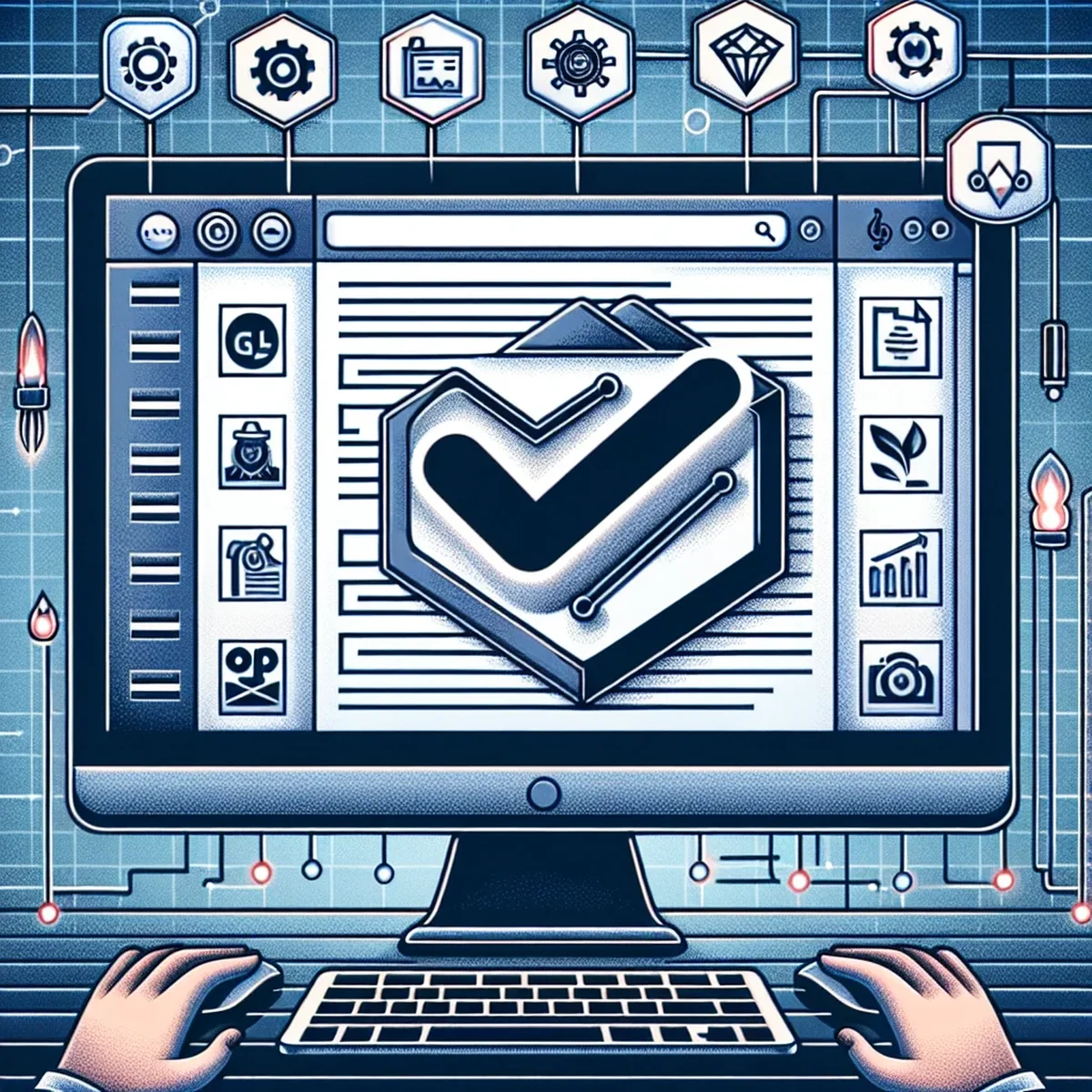Navigating GPL Compliance for WordPress Plugins: A Guide for Developers

Understanding the GNU General Public License (GPL) and its implications for WordPress plugin development is crucial for maintaining legal and ethical standards in software creation. This guide will help you comprehend the requirements and implement them effectively in your development process.
What Does GPL Mean for Your Plugins?
The GPL is a copyleft license that allows users to freely use, modify, and distribute software, provided that all copies and derivatives are also licensed under the GPL. Since WordPress is licensed under the GPL, all plugins developed for the WordPress platform are inherently subject to these conditions.
The Implications of GPL on Plugin Development
By developing a plugin for WordPress, you are creating a derivative work, which must also be distributed under the GPL or a compatible license. This ensures that the freedoms originally provided by WordPress are extended to users of your plugin.
Key Steps to Ensure Compliance
Ensuring compliance involves several straightforward steps:
1. License Your Plugin Under GPL
When you release your plugin, include a copy of the GPL license, and clearly state in your plugin’s header that it is released under the GPL. Example:
/*
Plugin Name: Example Plugin
Plugin URI: http://example.com/plugin
Description: An example plugin demonstrating GPL compliance.
Version: 1.0
Author: Your Name
Author URI: http://example.com
License: GPL2
*/
2. Include Source Code
Always distribute your plugin with full source code. Minified versions of JavaScript or CSS should also include the original source files to comply with GPL requirements.
3. Provide Proper Documentation
Documentation should include information about the licensing and any third-party libraries used within the plugin that may have different licensing terms.
Handling Third-Party Libraries
When using third-party libraries within your WordPress plugin, verify that their licenses are compatible with the GPL. Many popular libraries are released under MIT or BSD licenses, which are compatible with the GPL, but always confirm before integration.
Examples of License Compatibility
- MIT License: Can be included in GPL projects as it allows re-licensing under GPL.
- Apache License 2.0: Generally compatible with GPL version 3, but not with GPL version 2.
Benefits of GPL Compliance
Adhering to GPL standards for your WordPress plugins not only keeps you legally compliant but also fosters a community of sharing and collaboration. It allows other developers to build upon your work, potentially leading to improvements and innovations that you can incorporate back into your own projects.
Community and Innovation
By sharing your work under GPL, you contribute to a thriving ecosystem where developers feel empowered to experiment and innovate. This collaborative environment can lead to better software and more robust solutions for all users.
Conclusion
GPL compliance is not just a legal obligation; it’s a commitment to the WordPress community and to the spirit of open-source software. By understanding and adhering to these principles, you ensure that your contributions remain valuable and impactful in the expansive world of WordPress development.
FAQ
- What is GPL compliance in the context of WordPress plugins?
- GPL compliance means adhering to the GNU General Public License terms under which WordPress is released, requiring that any derivative works, like plugins, also be open-sourced under the same license.
- How can developers ensure their plugins are GPL compliant?
- Developers can ensure GPL compliance by licensing their plugins under GPL or a compatible license, sharing source code, and including proper licensing notices and documentation with their plugins.